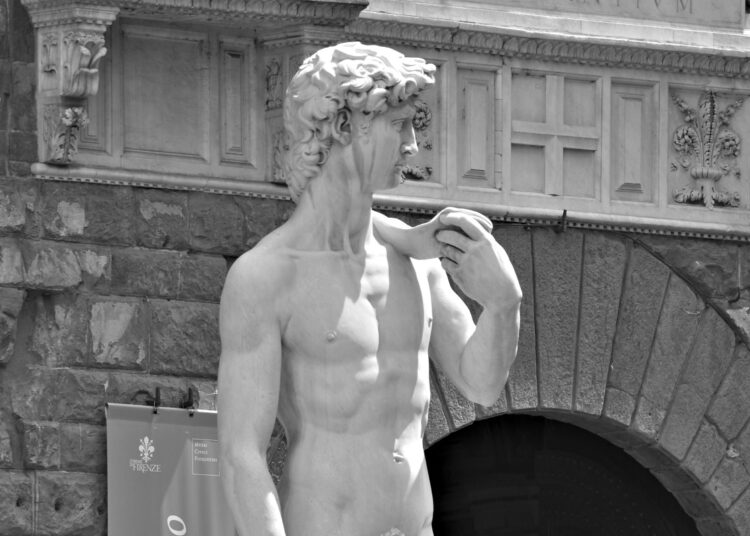The classical statues of ancient Greece are considered milestones in the history of art—timeless masterpieces that continue to captivate us with their harmony, idealized beauty, and youthful perfection. Scholars, historians, and art critics have studied them for centuries. Yet, one subtle detail had gone unnoticed—until now.
That detail was spotted by Dr. Christopher McManus, a professor at University College London. While admiring the idealized male form depicted in countless Greek and Roman sculptures—most of them nude—he noticed something peculiar that had escaped the eyes of observers for over two millennia.
A Small Detail with Big Implications
What McManus noticed was the asymmetry of the testicles on classical statues—an asymmetry that mirrors real male anatomy. In most men, one testicle hangs lower than the other, and they often differ slightly in size. Typically, the right testicle sits higher and is also the larger of the two.
But here's the twist: in the vast majority of classical Greek statues, while the right testicle is indeed positioned higher, it's the left testicle that's sculpted larger. Could the perfectionist Greek sculptors—artists renowned for their precise anatomical renderings—really have made such an error?
To investigate further, Dr. McManus studied 187 Greek statues and their Roman replicas. The result? The same pattern repeated across sculptures: a higher right testicle, but a larger left one.
Why the Inconsistency?
There are two main theories—though neither can be confirmed with certainty.
1. A Symbolic Interpretation
The first theory suggests the asymmetry was intentional and symbolic. Ancient Greeks believed that each testicle was responsible for producing a different gender—male seed from the right, and female from the left. Since the right was associated with producing male offspring (considered more desirable at the time), it was given the superior position—higher and more prominent.
However, if the right one was to be placed higher, logic dictated that the left must hang lower. And if it hung lower, it was assumed to be pulled down by its own weight—hence, depicted as larger. While not accurate from a medical standpoint, this reasoning reflects a kind of symbolic logic rooted in ancient beliefs.
2. A Physiological Explanation
The second theory is more grounded in observation. Analysts suggest that the sculptors may have simply been reflecting what they observed in the male body: the right testicle sits higher, perhaps because it is lighter or smaller than the left. Thus, the lower-hanging left testicle would naturally appear larger and heavier—something the artists may have captured subconsciously or as a matter of visual realism.
Still Just Theories
It’s important to remember that both of these explanations remain speculative. We may never know for sure whether ancient sculptors made a symbolic choice, followed visual logic, or simply mirrored what they saw in nature.
But what’s clear is this: even the most admired and studied works of antiquity can still surprise us. Thanks to modern scrutiny and fresh perspectives, ancient art continues to reveal secrets that have been hidden in plain sight for millennia.







